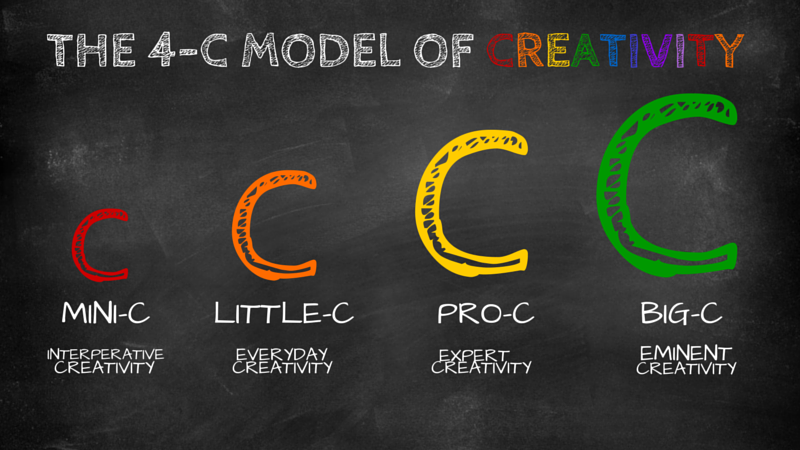
Custom label printing is sexy. No, really. Here are two quotes from LabFax.co.uk (from “Resilience Shown by Label Industry As Positive Signs Predict Growth in 2012-2013”):
“There are few industries which are showing positive signs of growth and the label industry is one of them. With a 2.5 percent growth predicted for 2012-2013, the American label sector is continuing to thrive due to constant innovation and methods to improve quality and quantity with reduced costs.”
“The newspaper printing business might be going down due to readers following more technological advances, but due to a huge food and beverage market in the United States, label printing continues to drive the economy.”
Bottom line? Businesses need labels to market their services and products and to operate their facilities. And labels are physical, printed objects that can’t exist exclusively on a tablet or smartphone.
I think this is exciting, and I think it’s supported by the dynamic growth in digital printing. While flexography and screen printing had been the technologies of choice in prior years, new digital presses (both inkjet and laser) can now print one label, or thousands of labels, while adding variable data information to each item, without the set-up charges of the older printing methods. Infinitely variable digital die cutting can even bypass the expensive step of creating metal dies to cut the exterior border of the custom labels.
And should the job require a long run without variable data, flexography and custom screen printing are still viable options and can potentially be more cost-effective than digital printing.
Here’s a short list of some of the label products available:
Property Identification Labels: These identify equipment, furniture, and other business assets. They can be numbered or barcoded sequentially, and they can be printed on plastic or metal foil substrates.
Bumper Stickers: These are actually custom labels as well. You can buy bumper stickers on a more durable, weather-resistant vinyl material, rather than on paper, and you can even laminate them for increased protection.
Dome Labels: These are custom labels with a raised polyurethane dome over each label. The dome gives a 3D appearance to the artwork on the label.
RFID Labels: These require an integrated system of labels, “readers,” and software, but they allow wireless transfer of data (without physical contact) using radio-frequency electromagnetic fields.
Wine Labels: With or without metallic foil treatments, these custom labels are unique in their requirements. The adhesive must stick to cold, wet bottles, and the ink cannot bleed or smear.
Food Labels: Similar to custom bottle labels, these must not contaminate the food within the packaging, so issues of toxicity must be carefully considered and controlled.
Window Decals: These include adhesive labels and static cling labels (which attach to windows and mirrors with only a static charge and no adhesive). Window decals must not degrade when exposed to sunlight and moisture, so color-fastness of inks and durability of substrates are a consideration.
Tamper-proof Security Labels: Some of these custom labels include holograms. Their goal is to deter tampering or even to self-destruct when an attempt is made to remove the labels.
Some Things to Consider When Specifying Labels
- Label Shape (round, oblong, rectangular, or rectangular with rounded corners). A good way to save money is to choose standard shapes and sizes using pre-made, rather than custom made, dies. Or ask your commercial printing supplier about laser die cutting.
- Label Ink Colors (one-color, two-color, process color). Some vendors will offer a limited color palette but will provide any PMS color for a surcharge. Ask about the printing method: screen printing, flexography, or digital printing.
- Material (plastic or metal foil). Think about durability. Will the labels be used outside, in heat or in cold?
- Special Finishing Treatment (embossing, die cutting). Do you want a special treatment for a seal used on a certificate, for instance?
- Numbering of Labels (consecutive, random, with added barcodes). Accuracy in numbering is crucial, so make sure your vendor can handle this aspect of printing.
- Adhesive (removable, permanent). Some labels will even stick to metal engines or cold, wet wine bottles.
- Presentation (rolls, sheets, fan-fold sheets). Think about how the custom labels will be applied. Any kind of automated application equipment may require a particular presentation of labels on a roll or sheet.
- Intended Use (inside, outside, in extreme temperature conditions). This pertains to the adhesive, the substrate, and potentially the coating (such as a laminate).


As with any printed product, ask for samples and test them. Talk with your commercial printing vendor about the intended use and ambient conditions, as well as the presentation of any variable-data information. Labels need to be functional first and attractive second.



